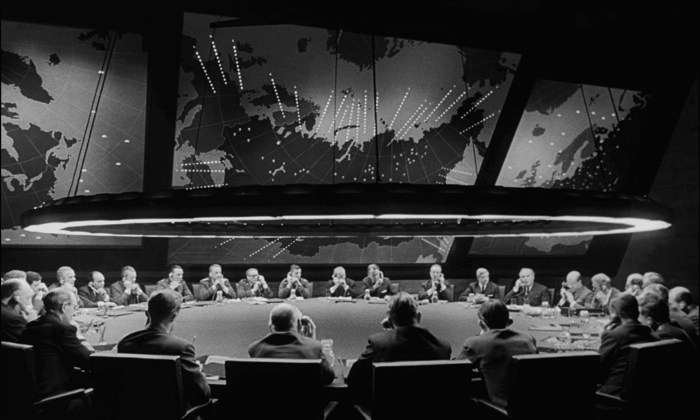- The Communicator transcribes the request verbatim, but the terms the inspector uses are not the terms the back room understands. For example, the inspector may ask for the "validation plan," but the team uses the term Edit Checks Specification for this concept.
- The request makes sense in the context of the broader discussion, but the back room staff do not have access to that context. For example, in the context of a discussion about testing the EDC system, the inspector asks for the "validation plan," but the back room team assumes that the request concerns the data validation plan.
- The request is not detailed enough. For example, the inspector asks for the "validation plan," but the back room team does not know if the validation plan for the core or configured system is being requested.
Ready Room Blog

Inspection Logistics: Capturing, Clarifying, and Communicating Requests
Listen to article
Audio generated by DropInBlog's Blog Voice AI™ may have slight pronunciation nuances. Learn more
This week we're focusing on common inspection challenges. Today's topic: Capturing, clarifying, and communicating requests.
This process appears deceptively simple. The inspector requests a document; someone writes it down and communicates it to the person who will retrieve the requested document. Any number of tools would seem to do the trick - a shared document, chat client, even pen and paper. The challenge is the game of "telephone" that can ensue when the person capturing the request (we'll use the term Communicator) doesn't clearly communicate its intent. Miscommunications may occur when
Proven inspection management for the life Sciences industry
Biotech, pharmaceutical, medical device, CMOs, CROs, and laboratories big and small are getting ready with Ready Room.


